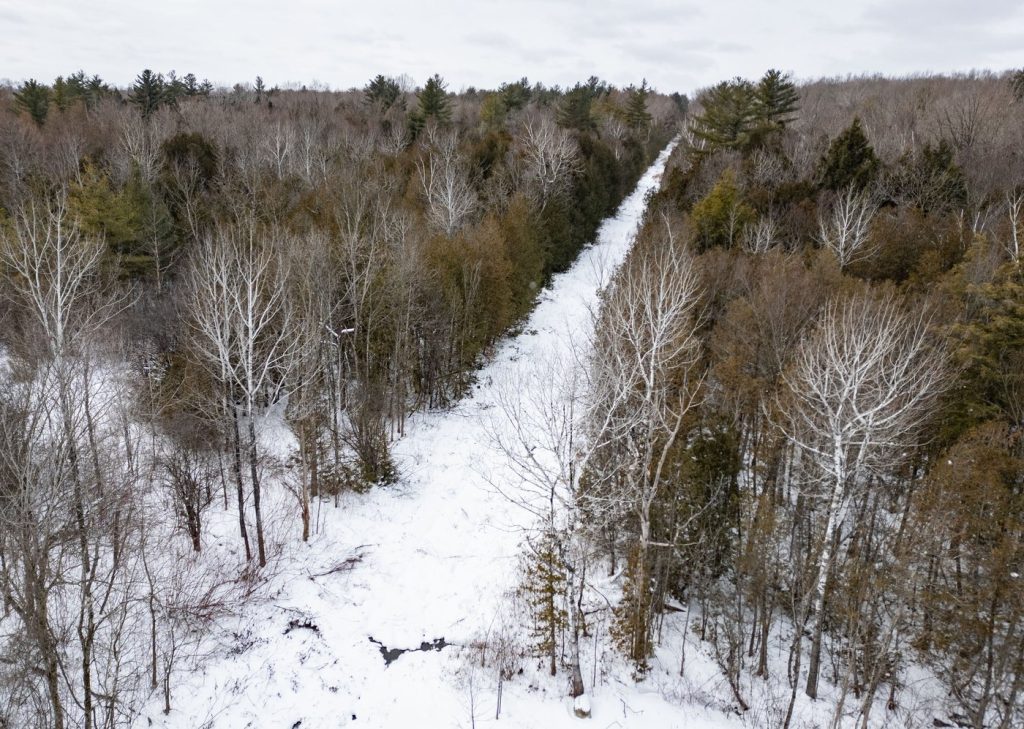Boxwood shrubs under threat as Ontario deals with growing invasion of pests

Posted May 10, 2024 11:40 am.
As we dig into gardening season across southern Ontario, a trio of invasive pests and issues continue threatening boxwood shrubs in Toronto and areas southwest of the city.
The issues facing boxwood shrubs are prompting some arborists to tell their clients to rethink their planting choices.
“I would avoid it,” Erik Benneter, the district manager for west Toronto with Davey Tree Care Services, said.
He said the company is getting several calls a day for damage caused by box tree moths, boxwood leaf miner (small maggots that eat between the layers of leaves) and a fungal disease called boxwood blight
“Each pest individually won’t necessarily kill the plant, but all put together — especially in hot, dry summers that we’ve been having lately — they can they can outright kill the plants,” Benneter said.
“They can kill a hedge within the summer season if they’re left untreated and it’s something that we’ve been noticing right across the city.”
“A lot of clients and homeowners have pretty significant boxwood plantings … if the boxwoods are impacted, they can have a pretty significant impact on the value and aesthetic quality of people’s landscapes.”
The Canadian Food Inspection Agency added the box tree moth to its list of pests regulated by the federal government. In 2023, officials declared Ontario as an infested area. Box tree moths have been found in Windsor and Niagara Falls, and other regions up to Toronto.
“This was done to try to reduce the spread of this invasive insect outside of Ontario through nursery sales of box tree plants shipped out of Ontario to other provinces,” officials said in a statement to CityNews.
“Collaborative surveillance and monitoring continues in an effort to reduce the risk of spread in Canada.”
For anyone with boxwood shrubs on their property, Benneter said monitoring your shrubs is vital. He said people need to get up close, separate the leaves and check the stems.
Benneter said moth caterpillars tend to look like twigs and can move throughout the shrub to eat away at it. Other signs the moth is present also include feces on the shrub, a webbing inside it, and a discolouring of the leaves.
As for protecting your shrubs, Benneter said it’s a challenge.
“There’s no preventative option — a one-and-done spray,” he said, noting BTK (a natural insecticide that’s not harmful to humans or pets) is likely the best responsive option to minimize damage.
“BTK only works as the caterpillars are actively feeding … you’d have to do multiple applications throughout the year in order to get full coverage because the box tree moth has multiple generations in one year.”
For properties with a limited number of boxwood shrubs, Benneter said it’s worth considering removal and replacement. He said heartier plants like yew bushes, burning bushes and junipers tend to do better.
Although there’s a growing concern about the risk to boxwood moths, the Greater Toronto Area and parts of Ontario have faced an increasing number of invasive pests and fungal diseases that affect a number of different tree and bush species.
“It is increasingly becoming a bigger issue, especially with warmer winters, warmer summers, hotter summers, drier summers. With climate change … insects don’t die off as much as they have in the past over winter,” Benneter said.
“As the summer goes on with invasive insects and the difficulty of controlling them makes it a big challenge across the city.”
Regardless of the type of tree or plant, he said it falls to people to make sure they’re making their natural surroundings as resilient as possible.
“The healthier the plant is and tree, the better able it is to withstand insects and diseases on its own,” Benneter said while encouraging proper fertilizing, mulching and watering.








